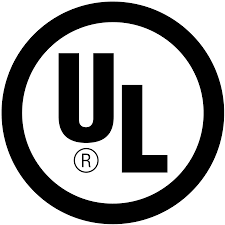Until now, the world of 3D printing gear has been relatively untouched by standards for safety and usage. But that could change.
We spoke with a representative of UL, which is a worldwide organization dedicated to creating reasonable certification standards for all manner of product usage. We were told that UL is currently investigating potential standards for industrial 3D printing.
We believe this is a good thing, although it may cause some grief for some companies.
Currently there really aren’t generally accepted standards for 3D printing safety, even though there is rather large potential for issues. Consider the use of different materials in 3D printing:
- Liquid resins can evaporate during printing or storage, distributing molecules into the surrounding atmosphere.
- Powder materials can be distributed atmospherically during storage, printing, post processing and “spills”.
- Filament-based printers can emit nanoparticles when filament is heated; small amounts may vaporize and subsequently condense into particles in the atmosphere.
These contaminants could be problematic. Some are merely mechanically irritating, but others could be toxic, particularly many kinds of super-fine metal powders. In fact, some metal powders are actually explosive if sufficiently disturbed!
The questions UL are facing are just two, but they are big ones:
- What negative effects are caused by each material? Are health problems present? Long-term or short-term?
- How much contaminant is required to be “bad”? Where should the line of safety be defined?
They don’t know the answers yet, and it could take several years for the answers to emerge. Even more troubling: UL is apparently also considering standards for personal 3D printing gear, often found in offices, homes and even children’s bedrooms.


